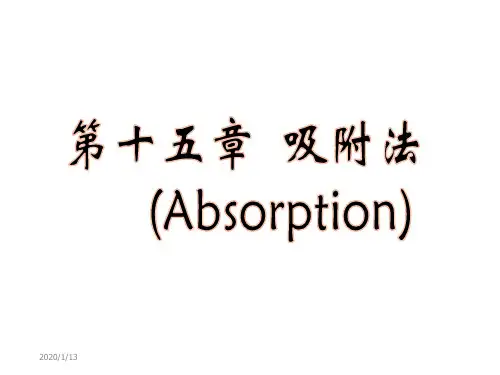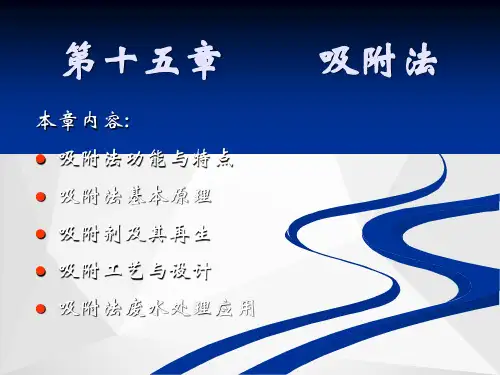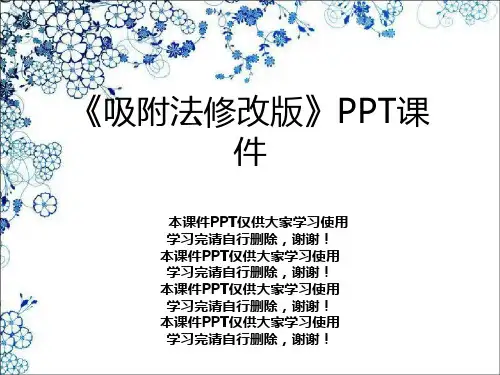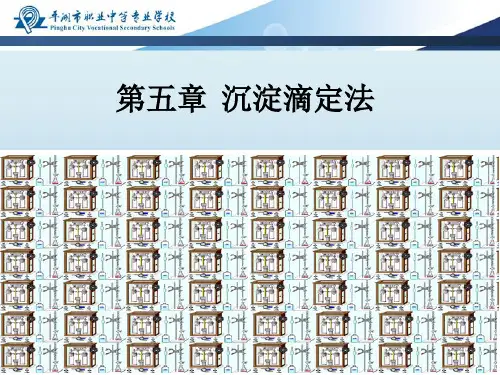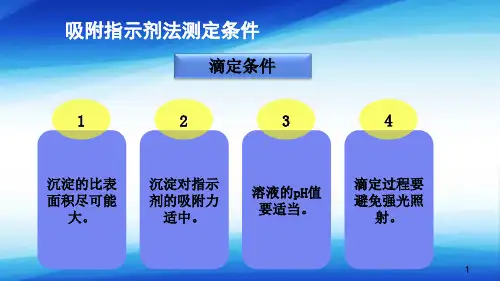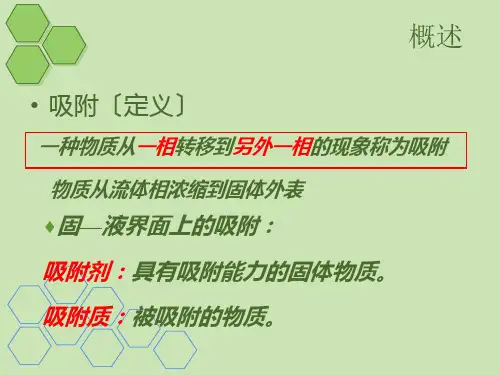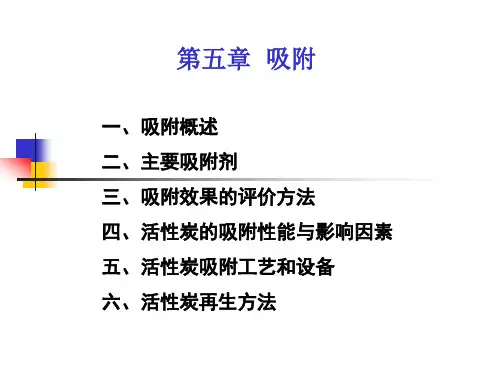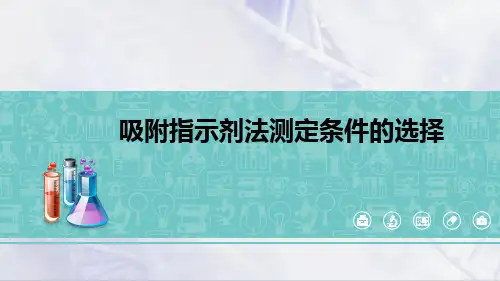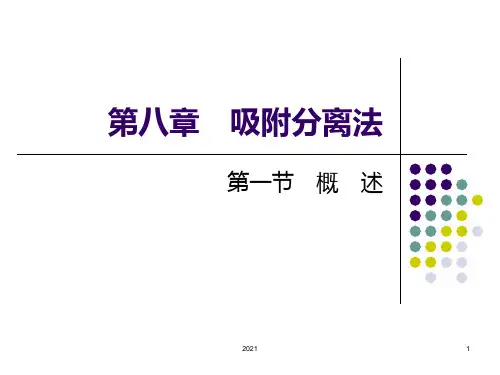O C M
473
O
C
M
M
673
Temperature (K)
© 2003, Quantachrome Instruments
对程序升温实验结果的影响因素
1.
载气流速
2.
反应气/载气的比例(TPR)
3.
升温速率: 过大,TPD峰容易重叠;过小,TPD信号弱,实验时间长.
4.
催化剂颗粒大小
5.
样品管体积和几何形状
amorphous, 石墨graphite), 碳化物 和 氧化还原催化剂 (e.g. 二氧化铈ceria)
© 2003, Quantachrome Instruments
TPO
• Temperature Programmed Oxidation • 金属和碳生成氧化物 • 2-5% 氧气作为反应气 • 平衡气为 He (not N2 !) • 爬升速率 • 活化能
3.3 Metal Dispersion • In the case of supported metal catalysts, it is important to know what fraction of the active metal atoms is exposed and
© 200rb-1C/Mass Application
© 2003, Quantachrome Instruments
脉冲滴定
• 脉冲化学滴定是通过测量流过样品的反应气的吸附量来计算样品的活性(金属)表面积,金属分散度和晶体的尺 寸(微晶粒度 )。
通过软件进行峰的去卷积,显 示出多个酸性部位。
在第一个样品中(上图)吡啶明显的是被物理吸附 (低温段),该现象在第二个样品中不存在(右 图)。

